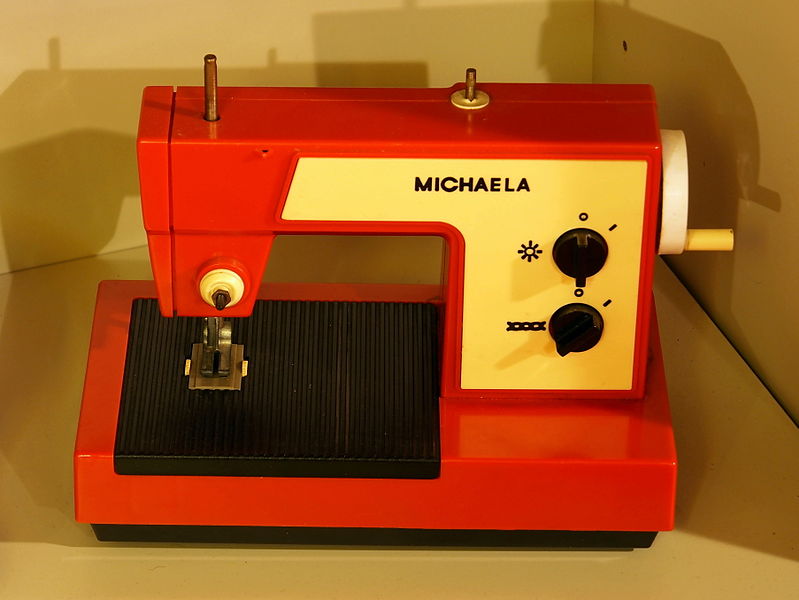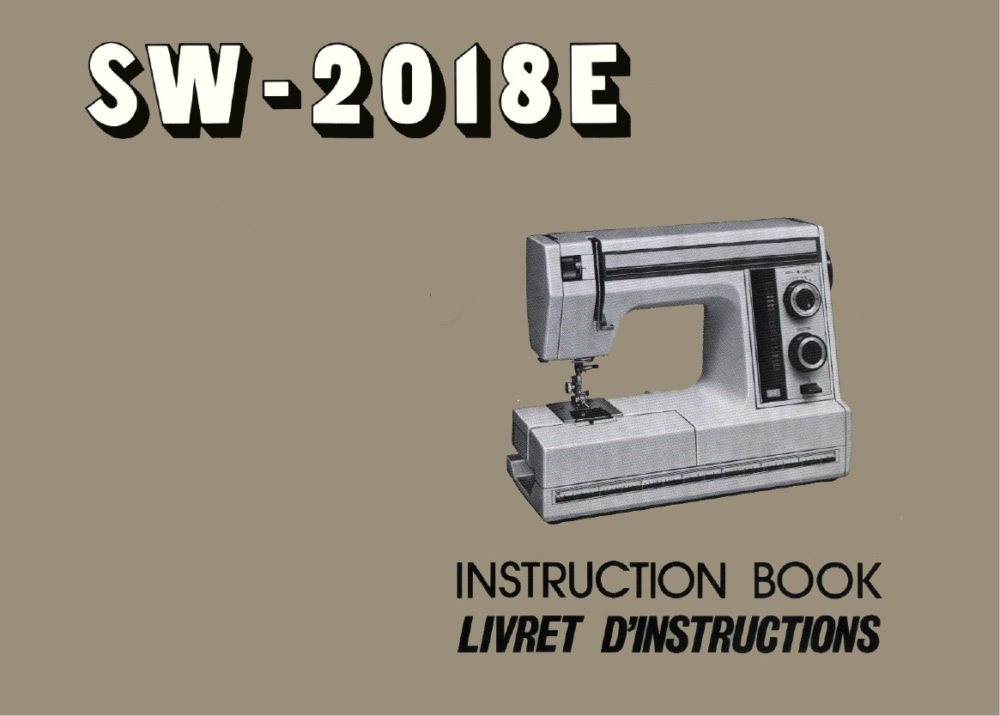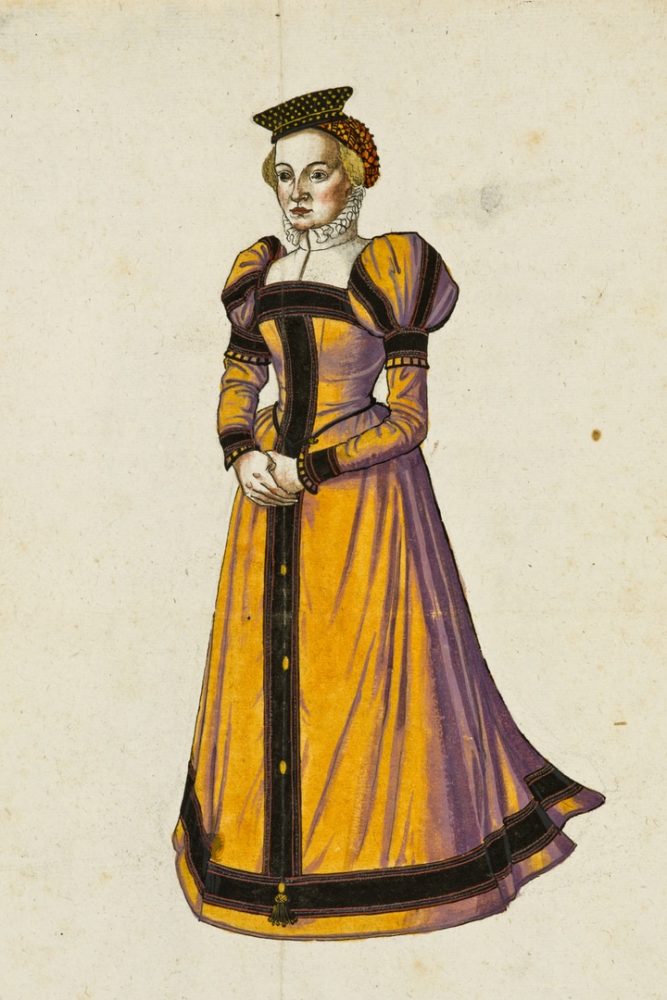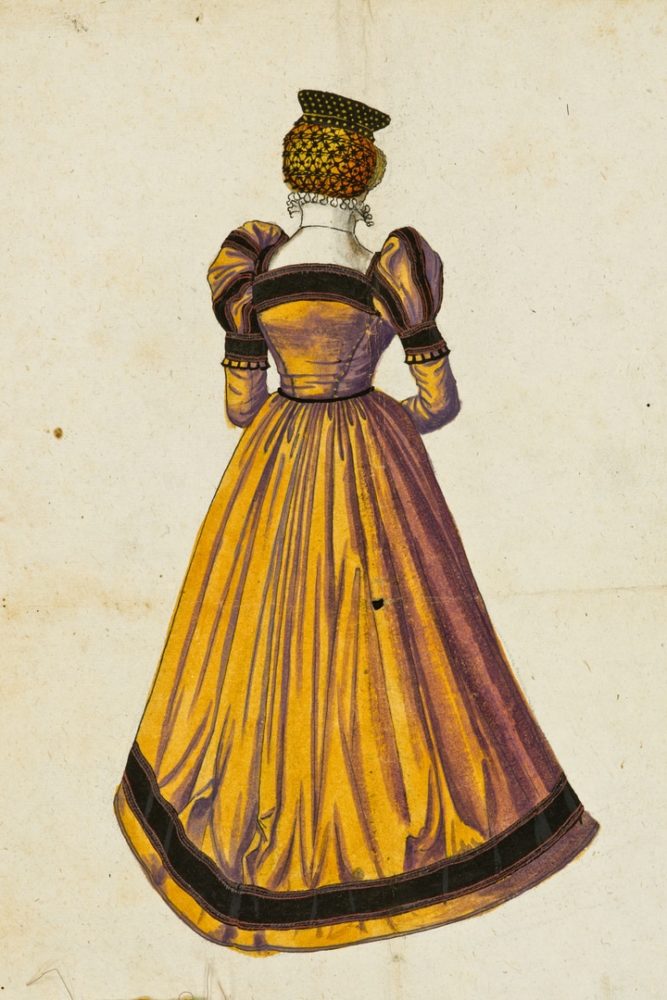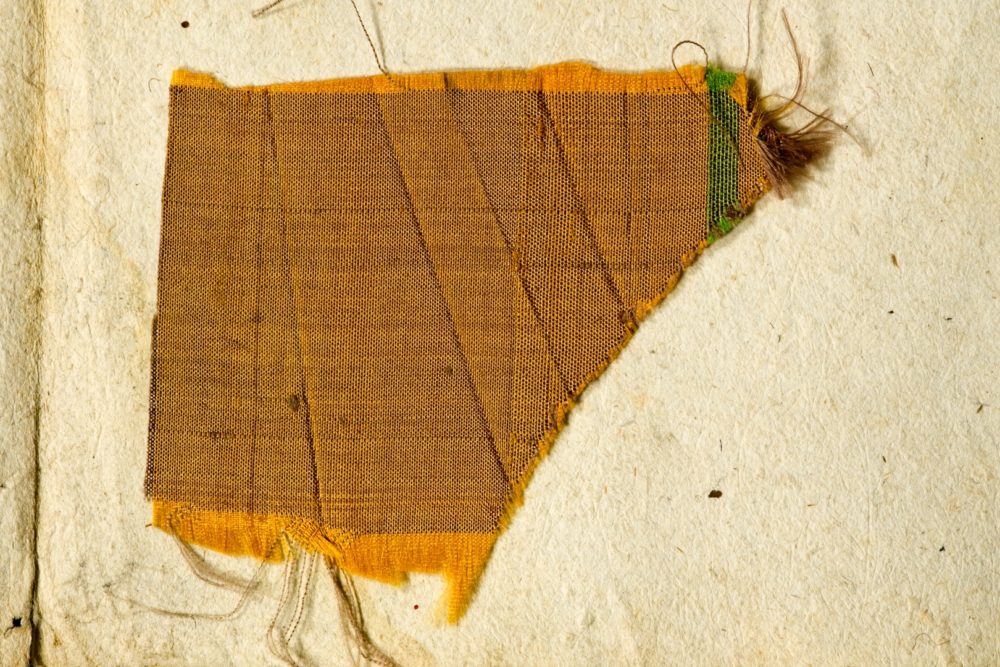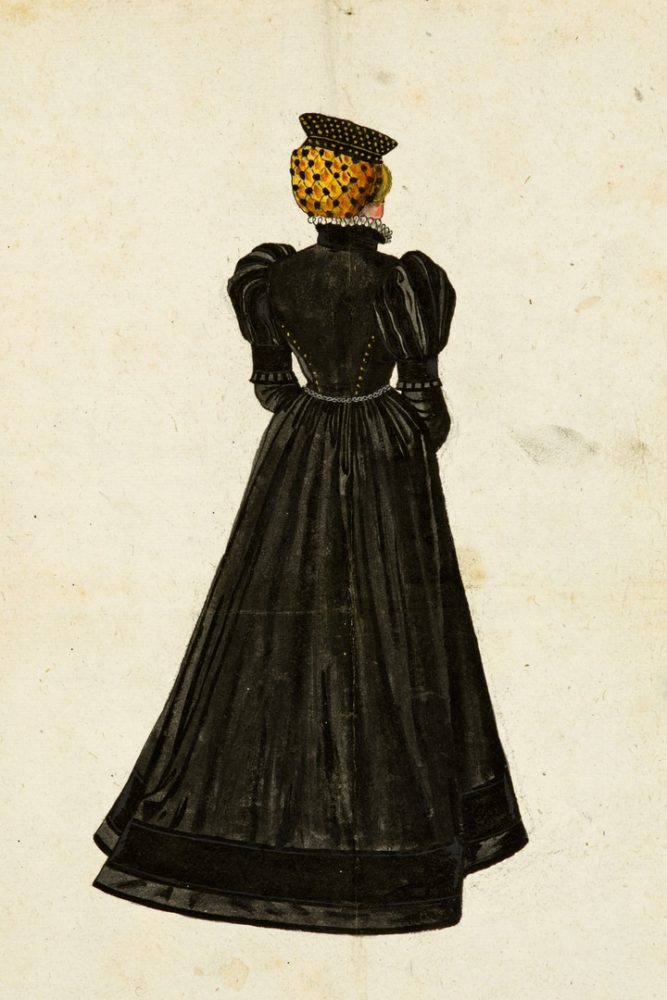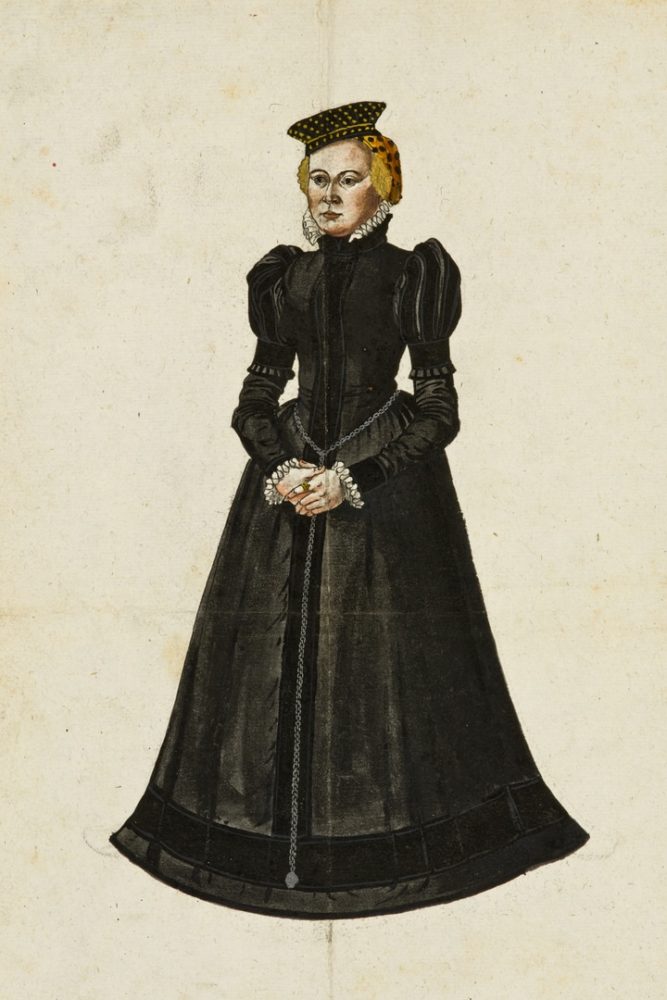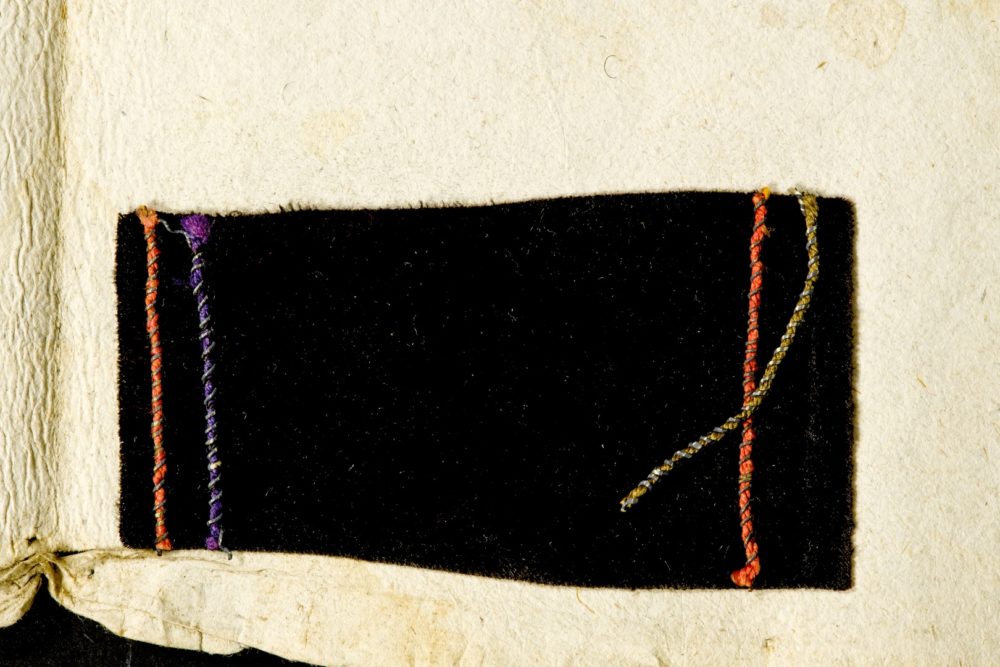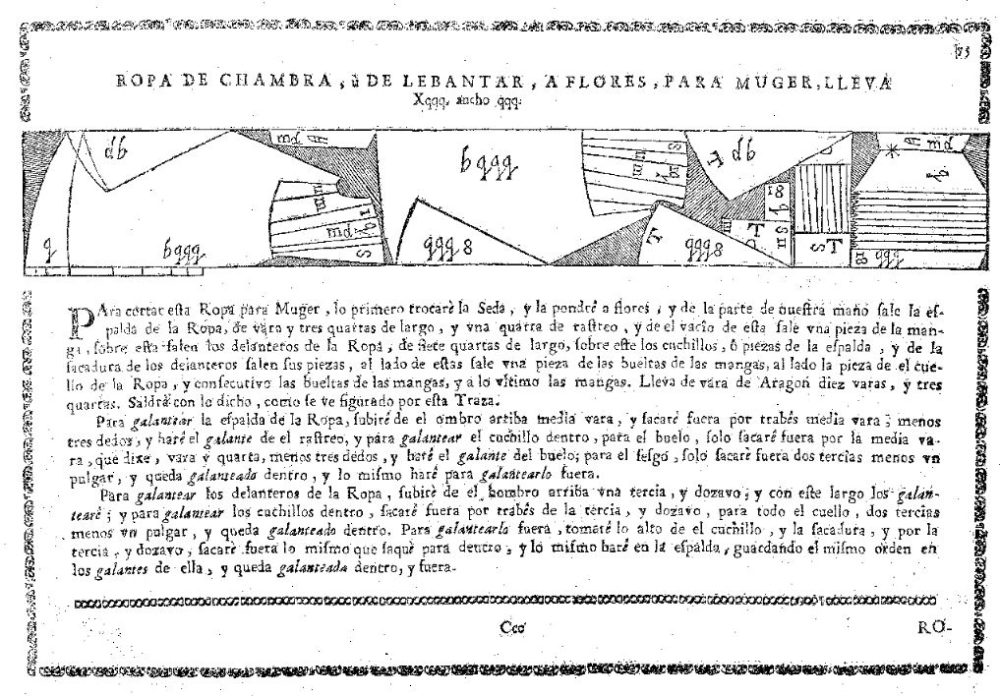distraction tidying is paying off
Stress has resulted in simply not making any project except research. And that has a very long, long, lead in to any reasonable results. But that process is also helping me to explain why we need a broad as well as narrow approach to pattern making and construction. In part because tailor guild books include patterns from past centuries, this is very obvious in Anduxar but I had in part ignored some patterns with a later date and am now broadening my focus in archives to the 18thC to look for guild documents. It’s a bit exhausting but my search for information on the distinction between a mantua and tailor made robes has lead to this same information.
My own pattern book now needs to be more like a journal in which the author collects patterns from across Europe. All of my pieces work together like extant manuals, and are easily matched to extant garments and the Spanish manuals. I need to properly read all the work by Katherine Barich and Marion McNealy on the measurements as the diagrams of the Austrian books as the books really rely more on the text than diagrams which seem to be more short form reminders of basic shapes than even the Spanish.
And then there is the huge numbers of central European tailor books. They are very cool. The extant items fold very easily into them.
Some books and items were last recorded in the 19thC and so I’m deeply grateful for all the archives and historical societies for their efforts in digitising and sharing so very much.
